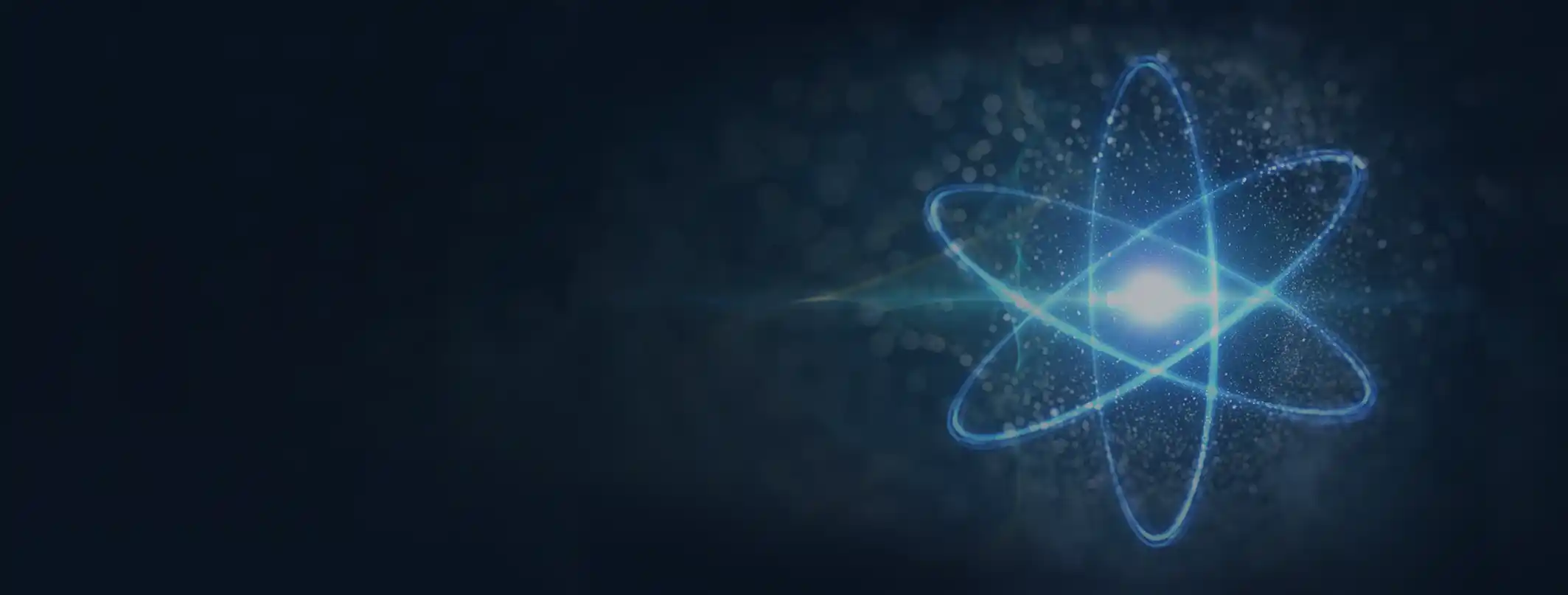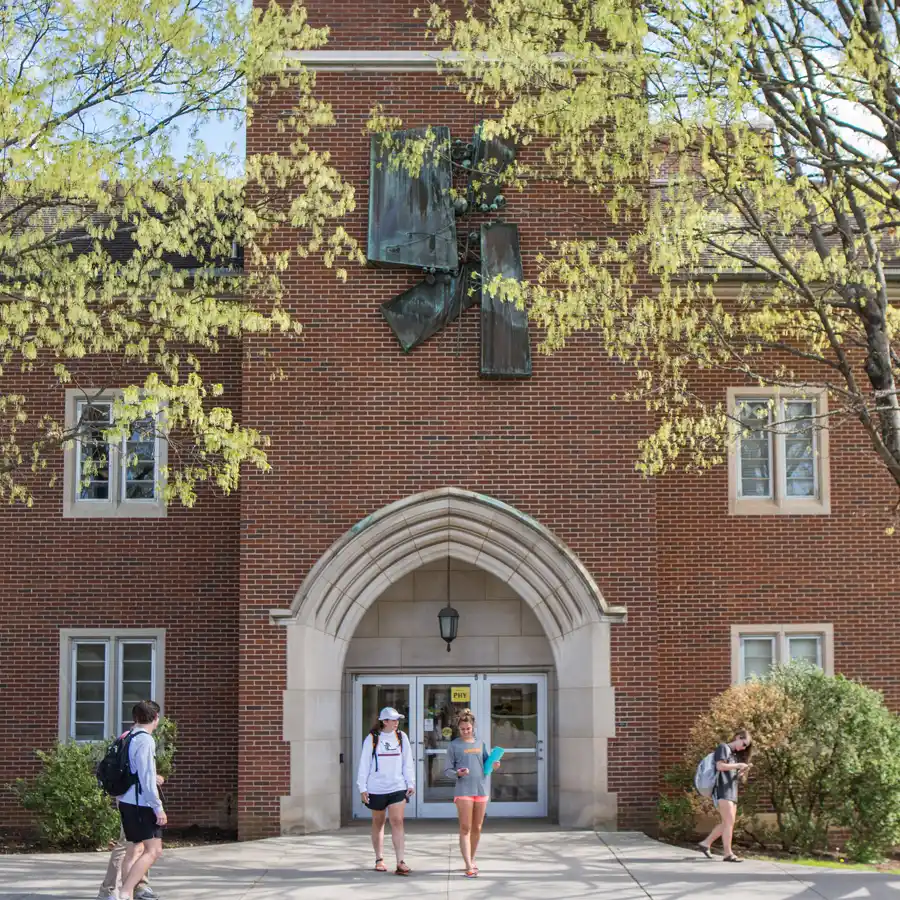Open Faculty Searches
UT Physics and Astronomy is a growing and vibrant department looking for two outstanding candidates to join our dynamic faculty.
We’re inviting applications for a tenure-track faculty position at the rank of Assistant Professor in the field of Computational Astrophysics. The department has active research programs in computational nuclear, neutrino, and gravitational wave astrophysics, which are complemented by its research programs in experimental nuclear astrophysics. Both programs benefit from extensive collaboration with research scientists at the nearby Oak Ridge National Laboratory, and from the world-class facilities there. We seek candidates to complement and expand these research efforts.
Applications are due on December 1, 2025. For additional information or questions, please contact Professor Tony Mezzacappa via email at mezz@ukt.edu.
The anticipated start date is August 1, 2026.
We are also inviting applications for a tenure-track faculty position at the rank of Assistant Professor in the field of Theoretical Particle Physics. We are particularly seeking applicants who can work closely with our existing particle physics program.
The department has broad research programs in experimental collider and neutrino physics, with leadership in the CMS Experiment, COHERENT, and efforts towards future colliders. We build neutron experiments searching for baryon number violation and have an active program in quantum computing for high energy physics. These programs benefit from extensive collaboration with research scientists at the nearby Oak Ridge National Laboratory, and from the leadership-class facilities there, such as the Spallation Neutron Source, the High Flux Isotope Reactor, and the Oak Ridge Leadership Computing Facility. We seek a candidate to complement, connect, and expand these research efforts.
Applications are due on December 1, 2025. For other questions, please contact Professor Yuri Efremenko at yefremen@utk.edu.
This position’s anticipated start date is August 1, 2026.












